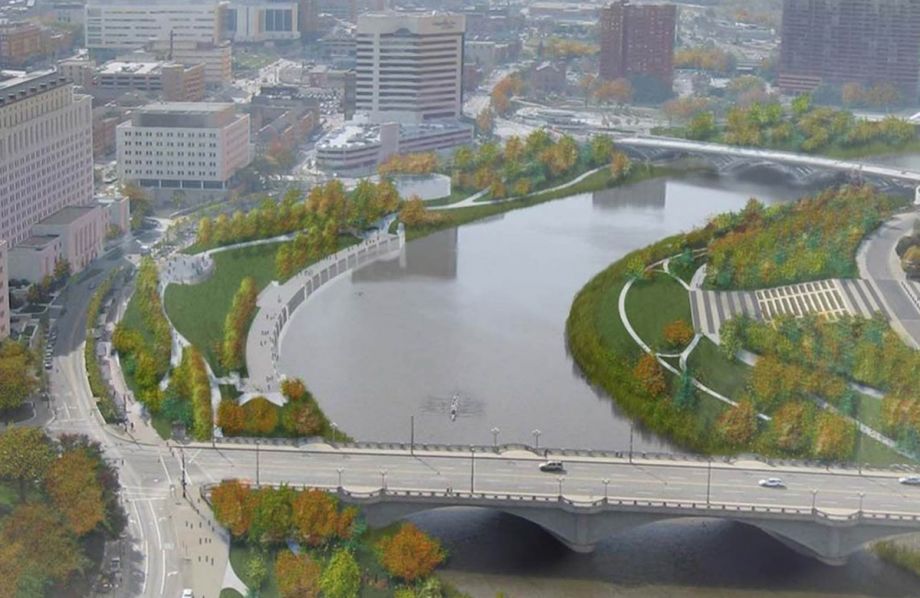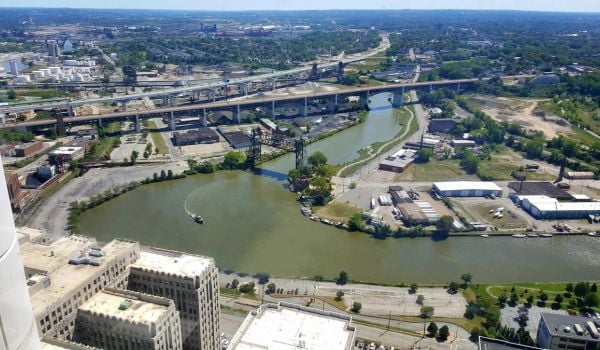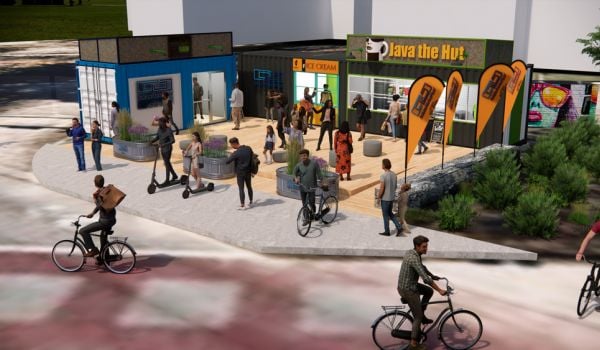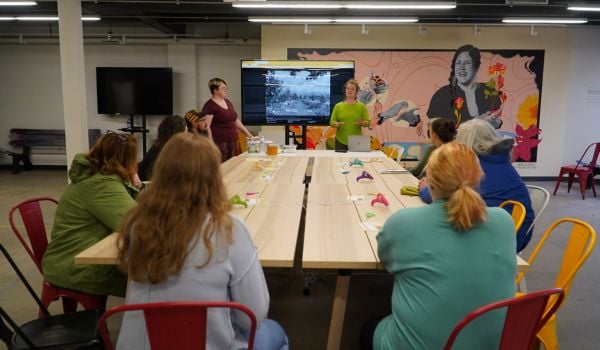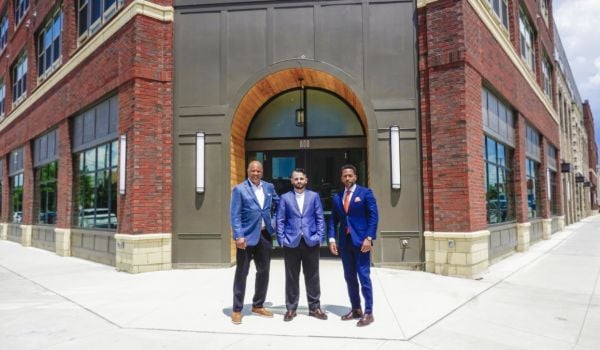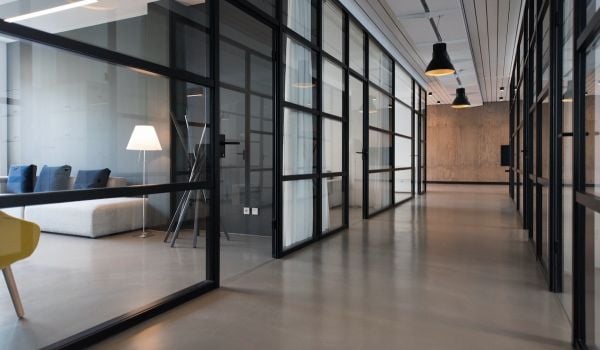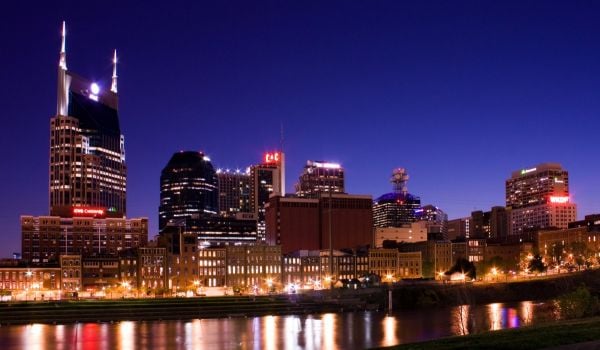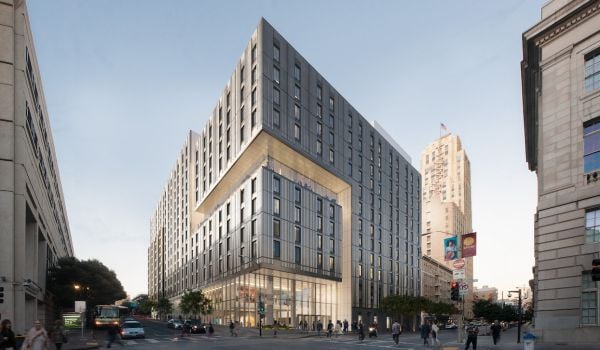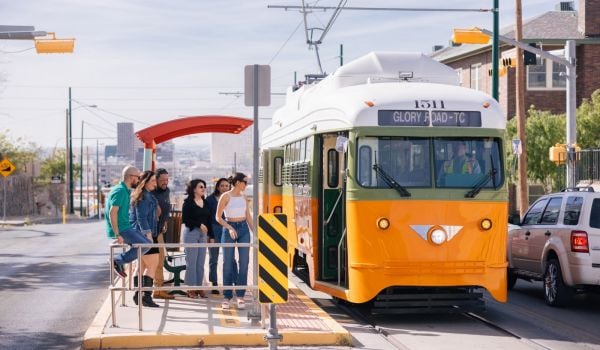Columbus, Ohio, is not known as a hotspot for arts, culture, nightlife and entertainment, but that might just be because not enough people take the time to get off Interstates 70 or 71 and explore the city. It has lively cultural districts, great restaurants and a happening arts scene in its Short North neighborhood, not to mention a gorgeous former movie palace right across from the state capitol that has been transformed into a performing arts center. And that’s just for starters.
But something was missing from the mix: a downtown that didn’t die at 5 p.m. All the life in Columbus lay just beyond the loop freeway that encircles the downtown.
The city’s business and civic leaders have spent the last 40 years trying to fix that, and at last, their efforts have paid off thanks to a jigsaw puzzle of redevelopment projects. Key to the effort has been subtracting steel and concrete and adding grass and trees — greenery that in turn has produced more steel, concrete and brick in the form of new and renewed office and apartment buildings that have nearly tripled Columbus’ downtown residential population.
The latest piece of the puzzle to fall into place is one that gave Columbus its river back: the removal of a dam that had blocked the free flow of the Scioto River for 90 years.
Guy Worley, president of the Columbus Downtown Development Corporation, explained that the river reclamation project is a key part of a downtown revitalization plan his organization drafted in 2010.
“The Main Street Dam was built in 1920, but it goes back much further than that,” he said. “In the mid-1800s there was a wooden dam built from the west bank about 80 percent of the way across the river in order to feed water into the Ohio and Erie Canal, which gave Columbus a transportation outlet to the rest of the world.”
The wooden dam was destroyed in a 1913 flood, and city leaders spent the next seven years debating how to replace it. The concrete dam they built spanned the entire river channel, causing it to widen to twice its original 300-foot width.
“That dam turned the Scioto into a giant sedimentation pond, and the sediment backed up for two miles,” Worley noted. The sediment had built up over the ensuing decades to the point where islands had formed in the river and its depth had been greatly reduced.
“It was four inches deep at the riverbank and four feet deep in the middle. You could have waded across it,” Worley said of the river’s state before the dam was removed.
As a result, the Scioto had ceased to function as either a utility or an amenity. But drawing on the success of earlier redevelopment projects it undertook, the CDDC had already figured out that turning it into an amenity could pay off for both the downtown and the west bank of the river.
The plan to remove the dam had its birth during a CDDC-sponsored planning process that began in 2010, as the earlier projects were wrapping up. “We had about 20,000 people come out to workshops and discussion sessions,” Worley said. “They came up with 1,100 different ideas for improving downtown. We knew we couldn’t implement all 1,100, but what we did do is group them into 12 areas and prioritize them.” Topping the list of priorities was reclaiming the river as a recreational asset.
“We had learned from our three previous projects that we could make the river a recreational amenity and catalyst for the redevelopment of its west bank,” Worley said.
The three previous projects replaced a moribund shopping mall with a green civic commons and band shell, converted former department store Lazarus into an office/retail complex, and shrank a five-lane riverside highway into a two-lane parkway with a landscaped park along the riverward side. The first of these projects, Columbus Commons, cost $25 million and has generated nearly $300 million in private residential, office and retail construction around it. All of the office space in the $100 million Lazarus conversion is leased as well. The success of these projects led the CDDC to launch the second planning initiative in 2010.
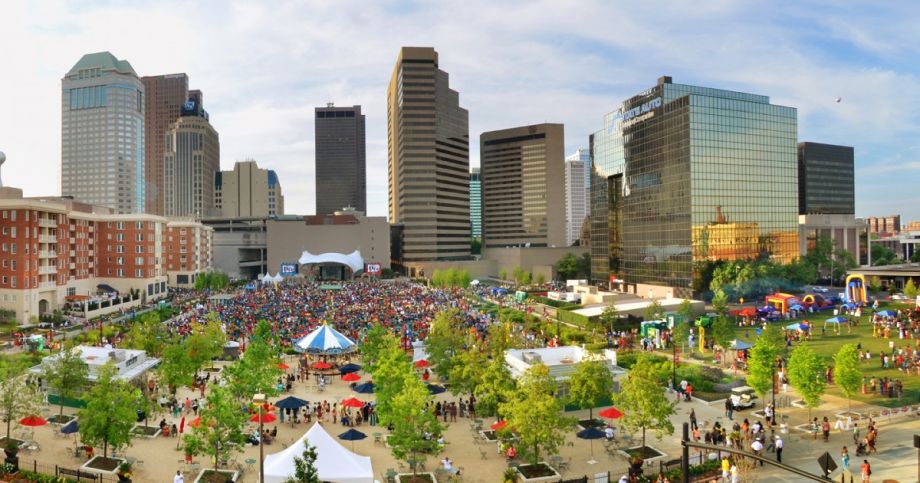
Columbusites enjoy downtown’s Columbus Commons, which hosts concerts, public festivals and events. (Photo by Randall Scheiber)
It took 18 months for the reclamation project, dubbed the Scioto Greenways, to move from paper plan to physical reality as it worked its way through 18 different regulatory agencies that had to sign off on the dam’s removal and the riverbank reclamation. But once the last bureaucratic hurdle had been cleared, the dam came down in a relative blink of an eye: Work on its demolition began in November 2013 and was completed by the end of the year.
The exposed sediment was recycled, furnishing half of the 500,000 cubic yards of fill the CDDC used to reconstruct the riverbanks and resculpt the river channel. The remaining fill came from construction projects elsewhere in the city.
The goal was not only to rebuild the riverbanks, but restore the river’s channel to its pre-dam state — as well as one that’s environmentally healthy — including the 12- to 16-foot-deep pools and four-foot-deep ripples that characterized the river in Columbus’ early years. Meanwhile, along the rebuilt banks, 20 acres of sod and 800 new trees have been planted, and new bike and pedestrian paths connect each bank to the land adjacent to it.
The Scioto Greenways project is itself the first phase of a larger plan to create a new arts and culture anchor for additional mixed-use development on the river’s west bank. Two museums currently stand on this plot, dubbed the Scioto Peninsula, where a broad staircase descends to the riverbank. One, the Columbus Center of Science and Industry, is a popular science museum that draws visitors from across Ohio; the other is a museum honoring the city’s war veterans that had been relocated to the west riverbank in 1954.
That second museum has already been demolished to make way for a new veterans memorial museum with a different focus. The Ohio Veterans Memorial Museum will focus not so much on the military service and exploits of the state’s veterans as it will the personal stories of the veterans themselves and the sacrifices they and their families made in defense of the nation and of American freedom.
Together, these two multiphase redevelopment programs have brought downtown Columbus back from the undead. “Downtown Columbus’ population peaked in the 1950 census, with 30,000 people,” said CDDC Chief Operating Officer Amy Taylor. “By the 2000 census, it was below 3,000. As of now, there are about 7,500 new residents downtown. Our goal is to get to 10,000 residents.
This growth has come at a very modest cost to the public treasury: Of the $152 million raised to date to fund the CDDC’s development projects, $80 million has come from the public sector and $72 million from private funds. With nearly $300 million in additional private development stimulated to date by the projects, that’s a return of more than three-and-a-half times the public outlay.
And Columbusites are flocking to the downtown in droves now. Columbus Commons boasts a full schedule of concerts, public festivals and events, and a second band shell built as part of the Scioto Mile project is kept similarly busy. A new supermarket, a key amenity for keeping new residents, opened last year, and there’s more retail to come.
All this adds a new dimension to downtown’s role as an employment hub. Although it contains only 1 percent of Columbus’ landmass, downtown accounts for 17 percent of all the jobs in the city. “It’s always been the place where people come to work,” Taylor said. “Now it’s the place where people stay after work.”
And in sharp contrast to the situation a decade ago, there are plenty of things for those people to do downtown after work. “We like to say we’re at the crossroads of commerce and culture,” Taylor said. “I want to live where I do my living, and we’re finding that more Columbus residents want to do the same thing.”
The Works is made possible with the support of the Surdna Foundation.

Next City contributor Sandy Smith is the home and real estate editor at Philadelphia magazine. Over the years, his work has appeared in Hidden City Philadelphia, the Philadelphia Inquirer and other local and regional publications. His interest in cities stretches back to his youth in Kansas City, and his career in journalism and media relations extends back that far as well.
Follow Sandy .(JavaScript must be enabled to view this email address)


